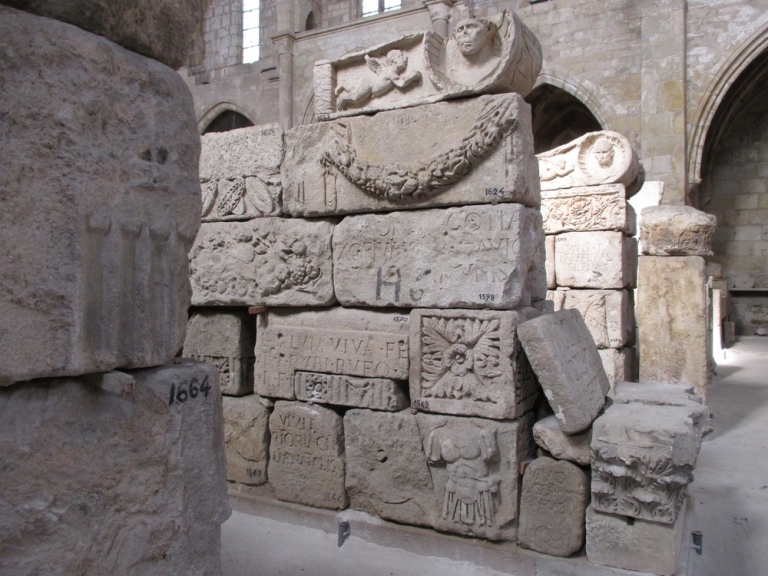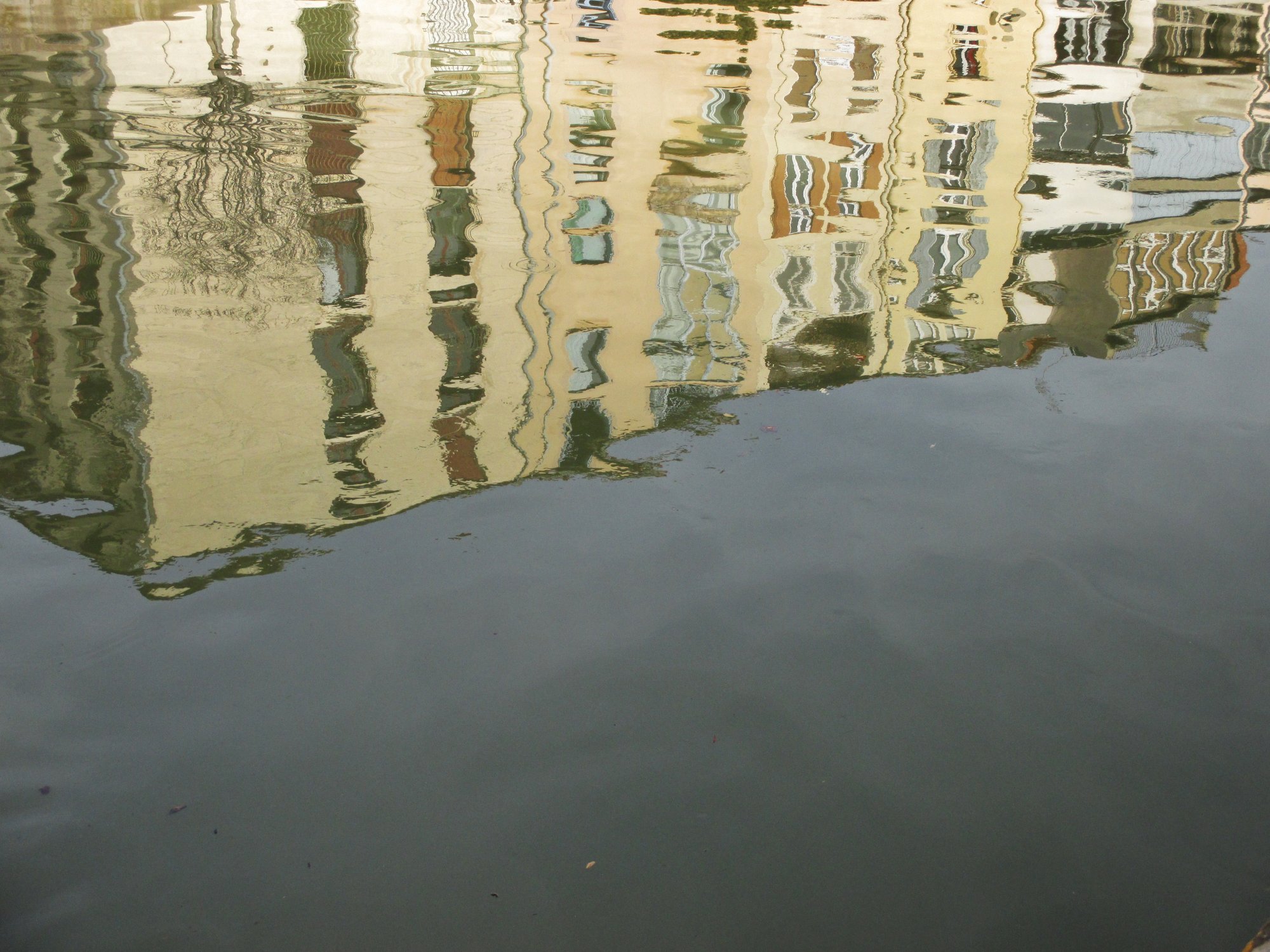Once an important crossroad for trade, Narbonne thrived upon its position at the intersection of the Via Domitia and the Via Aquitania. Remains of the Via Domitia can still be seen in front of the town hall, the road was the first Roman road in the area and connected Italy to Spain.
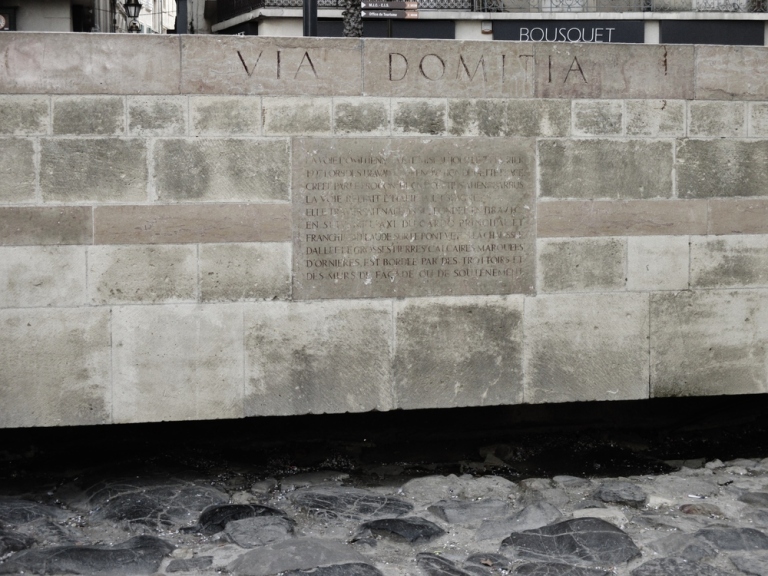
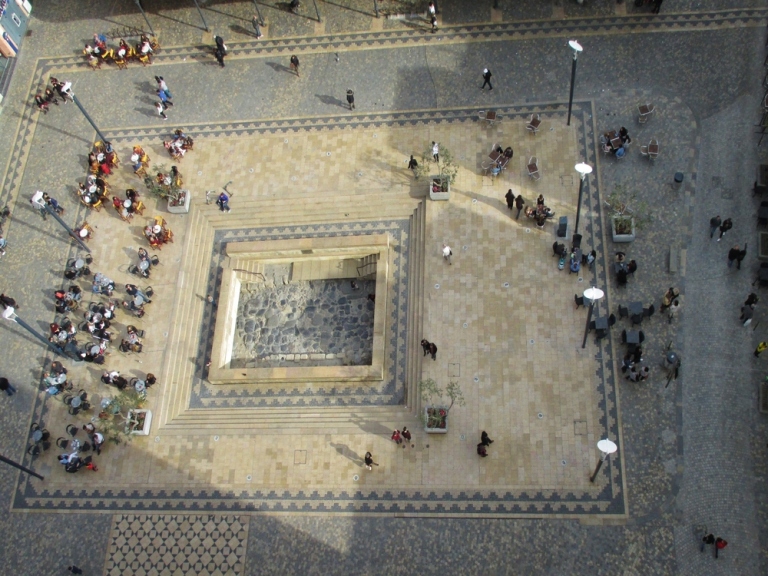
A more modern version of a trading route is the Canal de la Robine, a UNESCO sight that is connected to the more famous Canal du Midi (read my post on Toulouse). Nowadays, the river banks invite you to relax, run, skate or walk around and enjoy the view. One of the most charming sights is the Pont des Marchands (Merchant Bridge), a Roman bridge that spans across the canal. On top, there are shops and appartments that add up to the illusion of standing on solid ground. I included a picture from above to give you a better idea.
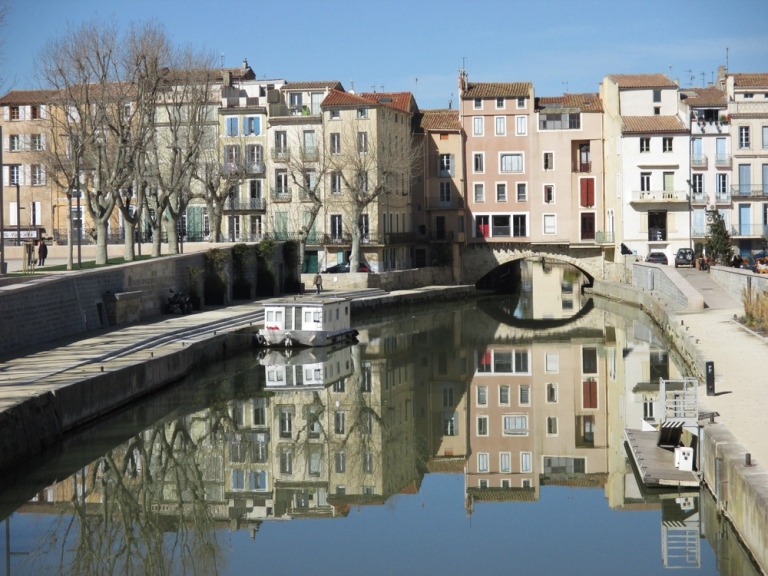
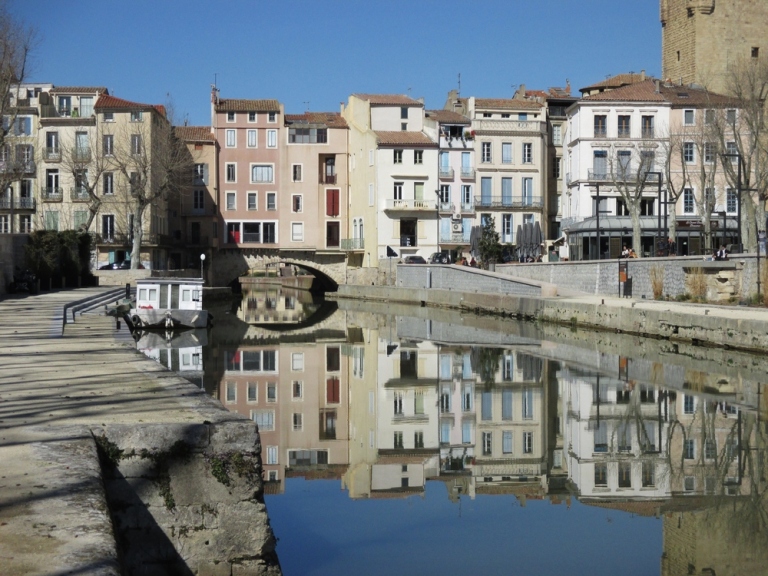
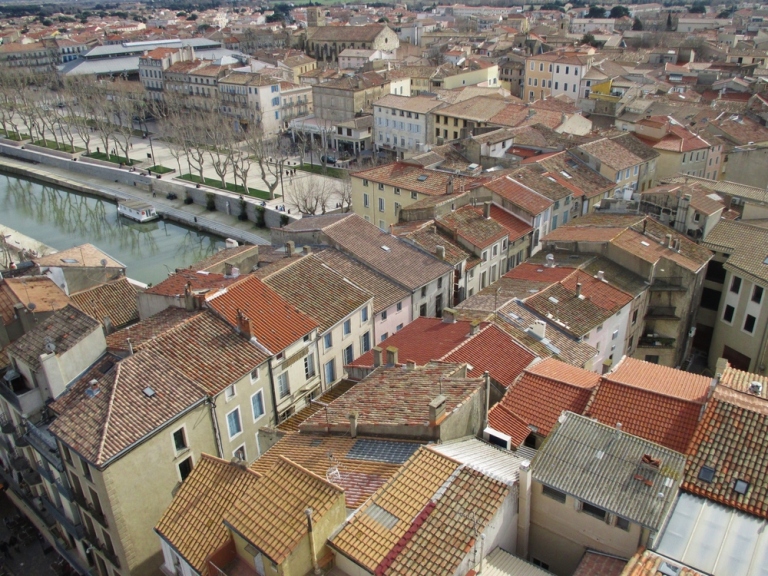
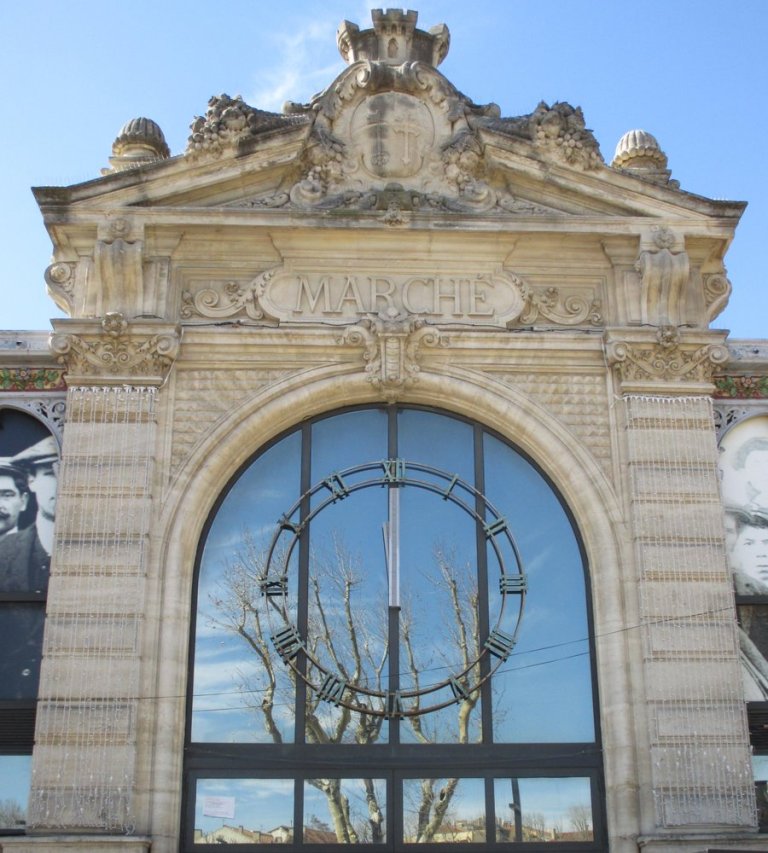
Les Halles de Narbonne
Construction for the cathedral began in 1272 and was never completed. Only the choir has been finished so there are no church pews etc. since the whole nave is missing (yeah I thought something was off when I visited…could not figure out what though :D) The economic status of the city changed and suddenly (or not so suddenly) they ran out of money and space. The place where they had started to build the church was close to the city wall, and finishing the construction would have meant to destroy the wall… It is still a very impressive building and way too big for little Narbonne. You’ll get a nice view of it from the top of the donjon.
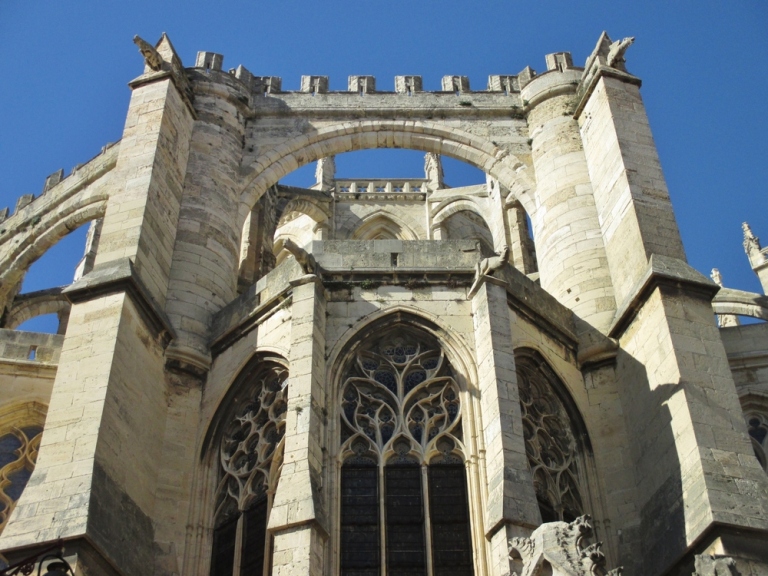
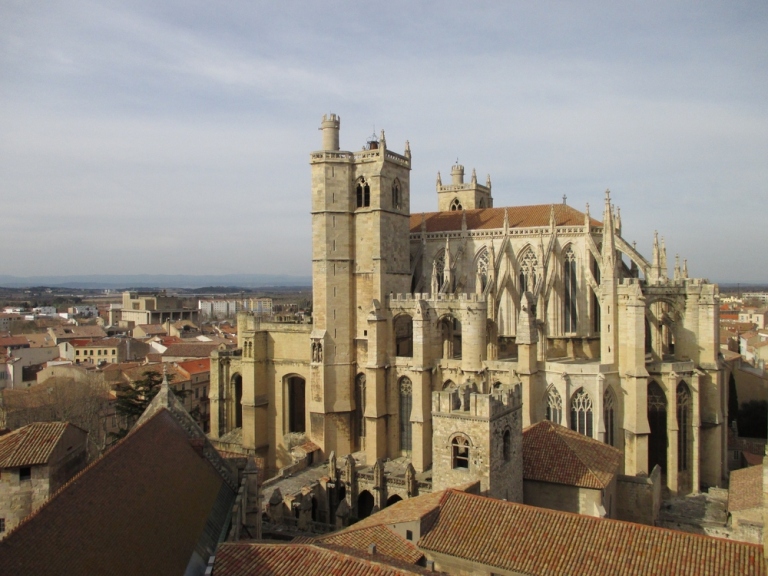
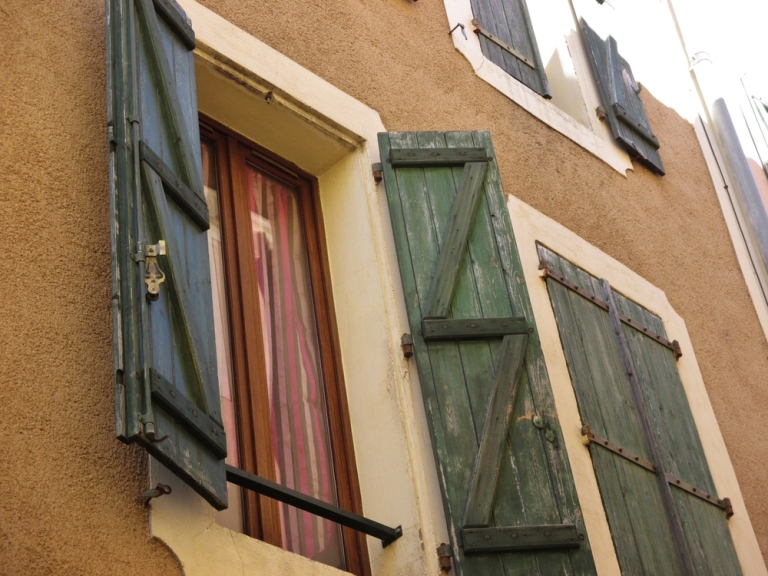
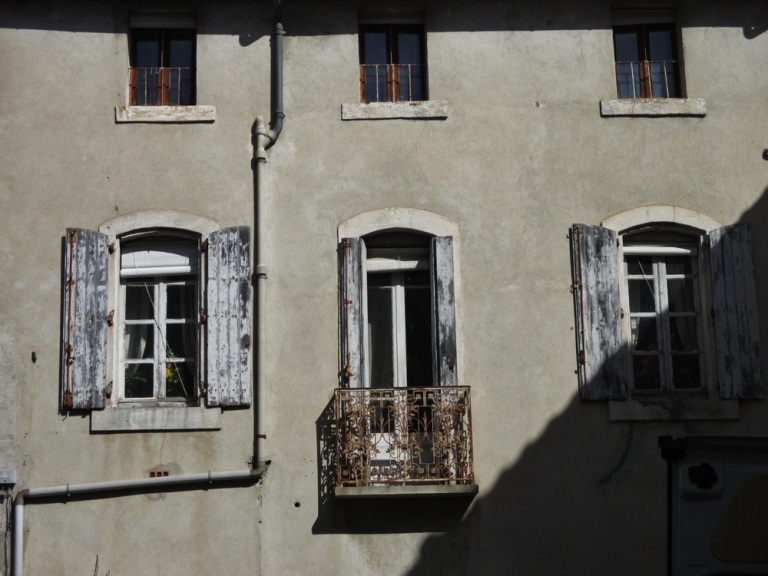
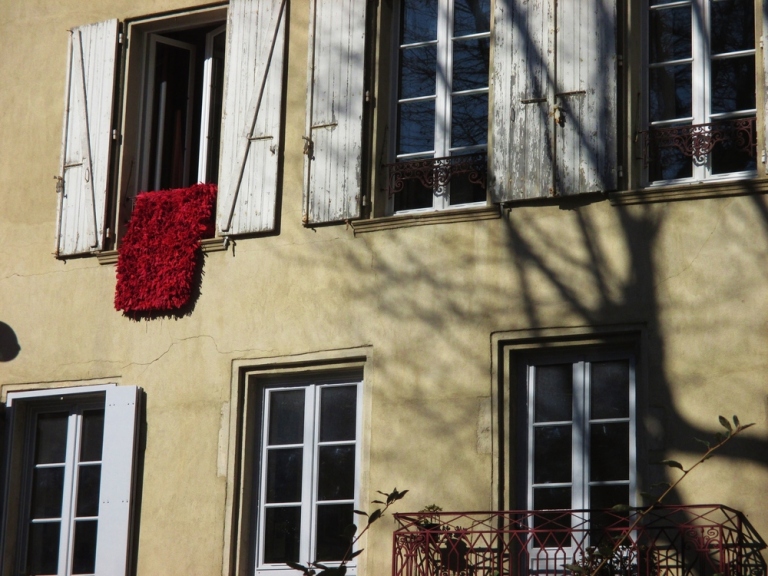
Narbonne has tons of Roman remains on exhibition like in the Musée Lapidaire which displays old stone walls inside of a former church, the église Notre-Dame de Lamourguié.
